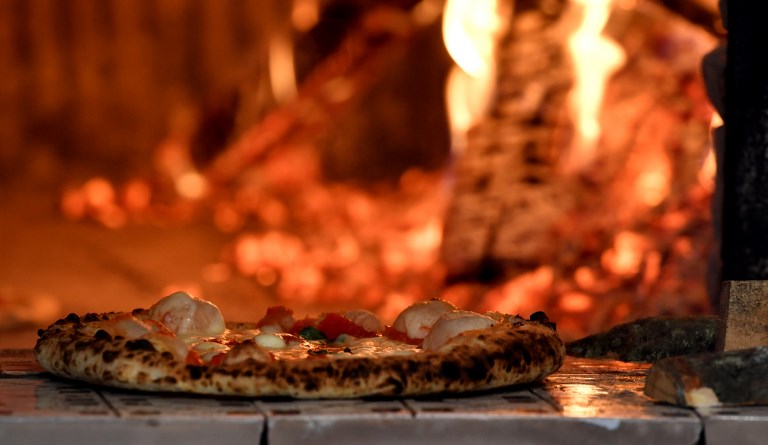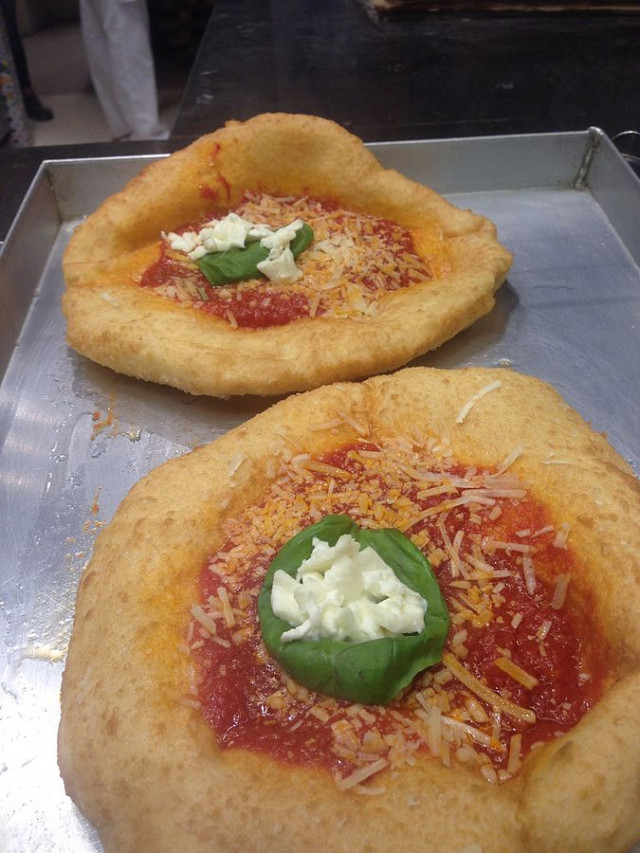Guinness World Records judge Lorenzo Veltri handed Milan the crown for a 1,595.45 metres (5,234 feet) long masterpiece made with 1,500 kilos of tomatoes, over one and a half tonnes of mozzarella and a river of extra-virgin olive oil.
The 80 chefs from all over Italy who took part in the creation which snatched the title from the Calabrian town of Rende which, with a pizza of 1,229 metres long, had itself only recently smashed a record previously set by Spain. Spain had held the record with a pizza 1,141.5 metres long.
Admiring crowds in Milan gathered alongside the cheese-topped bonanza, which was stretched out over 800 tables, before hungrily getting in line for a slice.
It was first come first served for the 30,000 or so visitors to the Expo, with 300 metres of the pizza destined for the city's Banco Alimentare food bank.
The Italian delicacy, which took three minutes to cook per metre and was prepared in five special adapted ovens, was made to celebrate the 126th anniversary of the margherita.
The recipe was first whipped up in 1889 by cook Raffaele Esposito of the Brandi pizzeria in the grand Bourbon palace in Naples in southern Italy — a summer residence for the kings of the Two Sicilies — for Queen Regina Margherita.
Pizza-lovers hope winning the record will help boost international support for Italy's bid to get the classic dish on the UNESCO cultural





 Please whitelist us to continue reading.
Please whitelist us to continue reading.